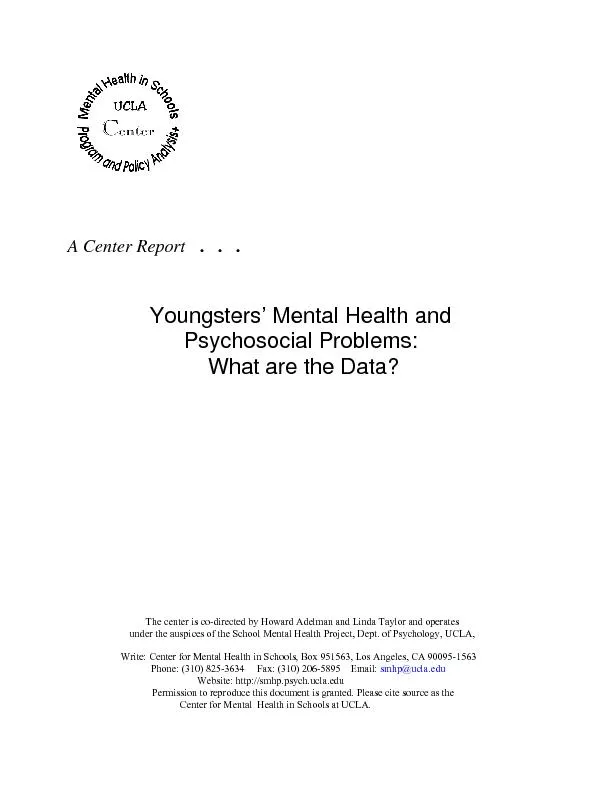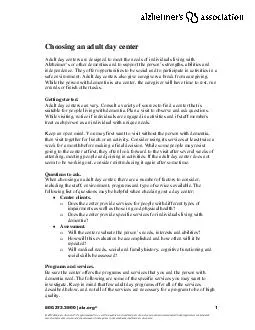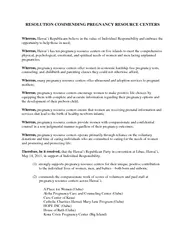PDF-A common request to Centers such as ours is for information about theo
Author : conchita-marotz | Published Date : 2016-08-26
I Sampling of Statistical Reports1II Indepth Analysis of Key Reports 29AHow Many Young People are Affected 31BHow are the Data Commonly Reported 37CIncreasing Rates
Presentation Embed Code
Download Presentation
Download Presentation The PPT/PDF document "A common request to Centers such as ours..." is the property of its rightful owner. Permission is granted to download and print the materials on this website for personal, non-commercial use only, and to display it on your personal computer provided you do not modify the materials and that you retain all copyright notices contained in the materials. By downloading content from our website, you accept the terms of this agreement.
A common request to Centers such as ours is for information about theo: Transcript
Download Rules Of Document
"A common request to Centers such as ours is for information about theo"The content belongs to its owner. You may download and print it for personal use, without modification, and keep all copyright notices. By downloading, you agree to these terms.
Related Documents














